
PROS
- Throwback optical design.
- Bokeh control system. Metal construction.
- Available for Canon and Nikon SLRs.
CONS
- Expensive.
- Manual focus isn’t for everyone.
- Aperture plates fit loosely.
BOTTOM LINE
- The Lomography New Petzval 58 Bokeh Control lens is the second in a series based on an optical design from the 1840s.
- It adds a very modern twist—the ability to control just how extreme the swirled background behind your subject looks.
Design
The Petzval 58 is a squat lens with a brass finish that sets it apart from the black lenses that you usually see on SLRs. It measures 4.5 by 3 inches (HD) and supports 58mm front filters. The lens hood is removable and a slip-on lens cap is included. A small knob juts out from the barrel for focus adjustment. The bokeh control ring, with settings from 1 (minimal effect) to 7 (maximum effect), is located toward the front of the barrel. The minimum focus distance is 2 feet (0.6 meter). Lomography sells the lens in two versions—one for Canon SLRs and one for Nikon.
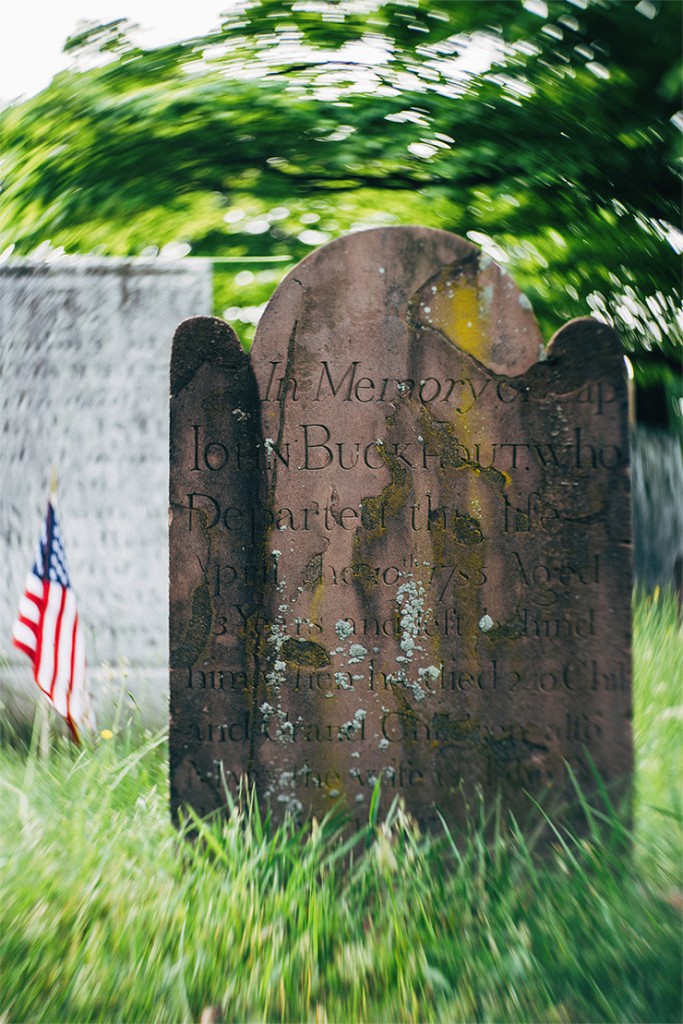
Like the original New Petzval, the Bokeh Control version doesn’t have internal aperture control. Instead, you use drop-in plates—referred to as the Waterhouse system—to limit the amount of light coming into the lens. It ships with aperture stops for f/1.9, f/2.8, f/4, f/5.6, f/8, f/11, and f/16. A leather pouch is included to store the plates, but I found it more practical to use a ziplock bag for that purpose.
The plates are compatible with the original New Petzval lens. You can also swap plates in with more interesting shapes; the hexagonal option is one of my favorites, as it adds a bit more character to the background of images than you get with a purely circular aperture.
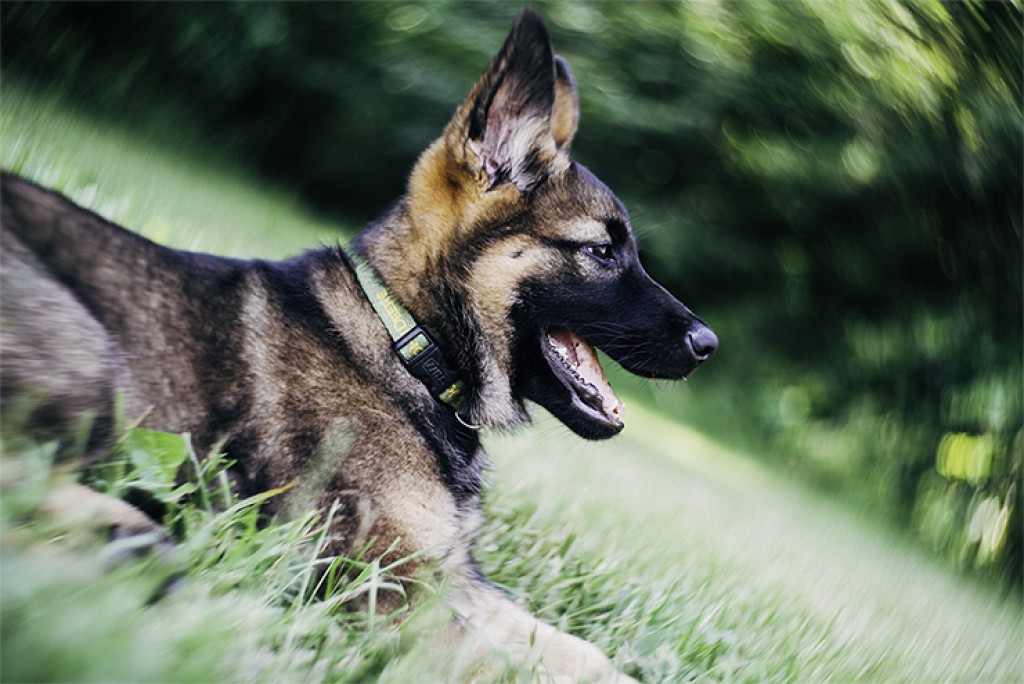
When I reviewed the original New Petzval lens, I noted that the aperture plates fit tightly—sometimes too tightly. The Petzval 58 has the opposite problem. The plates drop loosely into the slot . There’s no friction holding them in place. I found myself searching the ground for plates if I let the camera hang by my side, or rotated it to shoot an image in portrait orientation. A bit of gaffer tape can be used to hold the plate in place, but that’s a clumsy solution.
. There’s no friction holding them in place. I found myself searching the ground for plates if I let the camera hang by my side, or rotated it to shoot an image in portrait orientation. A bit of gaffer tape can be used to hold the plate in place, but that’s a clumsy solution.
Image Quality and Bokeh Control
If you’re looking for a traditionally sharp lens, look elsewhere. At f/1.9 the Petzval has a very small sweet spot of sharpness at the center of the frame, which quickly gives way to blurriness as you move away from the center. As you switch to narrower aperture plates the depth of field increases (as you’d expect), and the sharp center area expands in kind. As the depth of field increases, the level of background blur decreases—and one of the reasons you buy a Petzval lens is the quality of the defocused background, the bokeh.
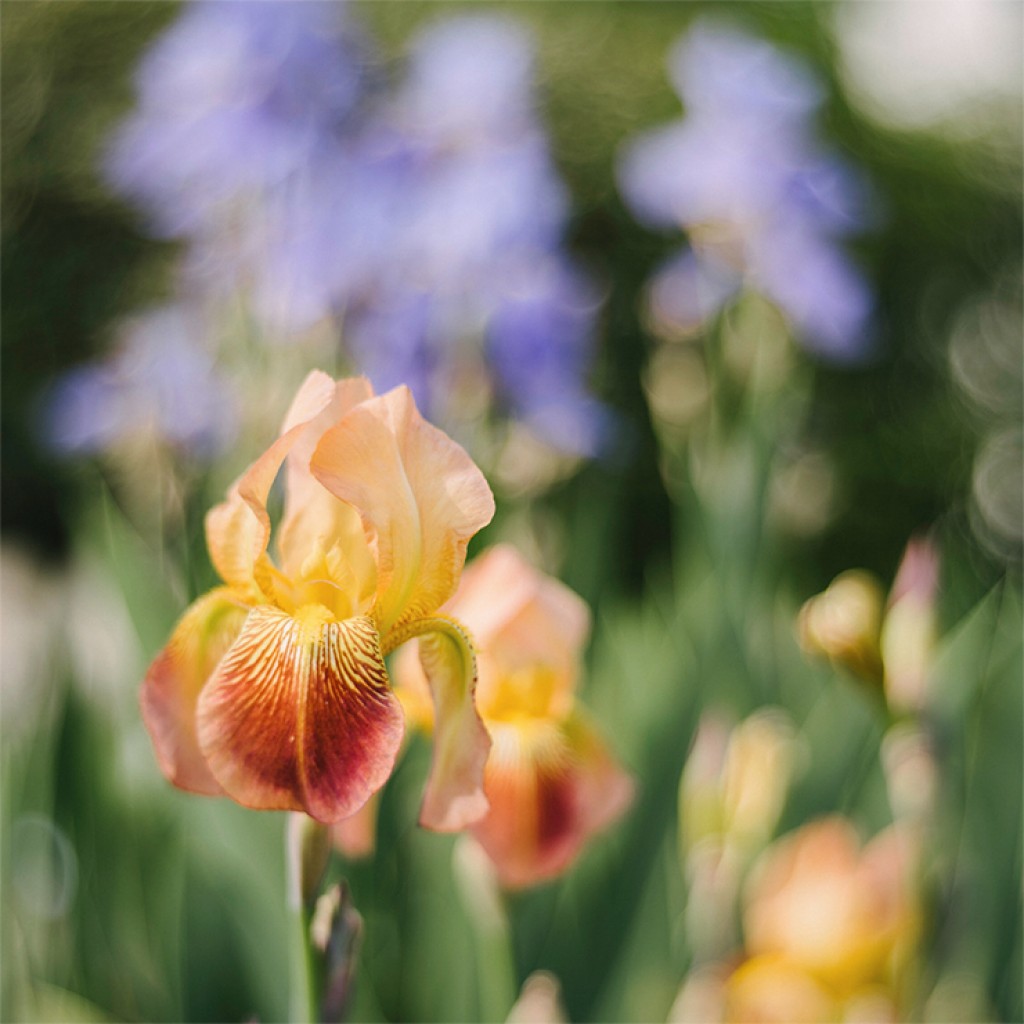
That’s where the bokeh control ring comes into play. It can be set from 1 to 7, with 1 inducing the least amount of the Petzval’s signature swirl effect, and 7 inducing the maximum. As you move toward 7, the front element of the lens moves forward. This serves to increase the curvature of the field of focus, which is what gives the background its signature look. You can see the ring in action in the video below, which was shot with the f/4 aperture in place.
But moving the ring also changes the field of view, narrowing it as the curvature is increased. It also decreases the size of the sharp sweet spot at the center of the frame. It can be tricky to find the right balance between aperture and bokeh control setting to get your shot just right. You’ll also have to take care to readjust focus after changing the bokeh.
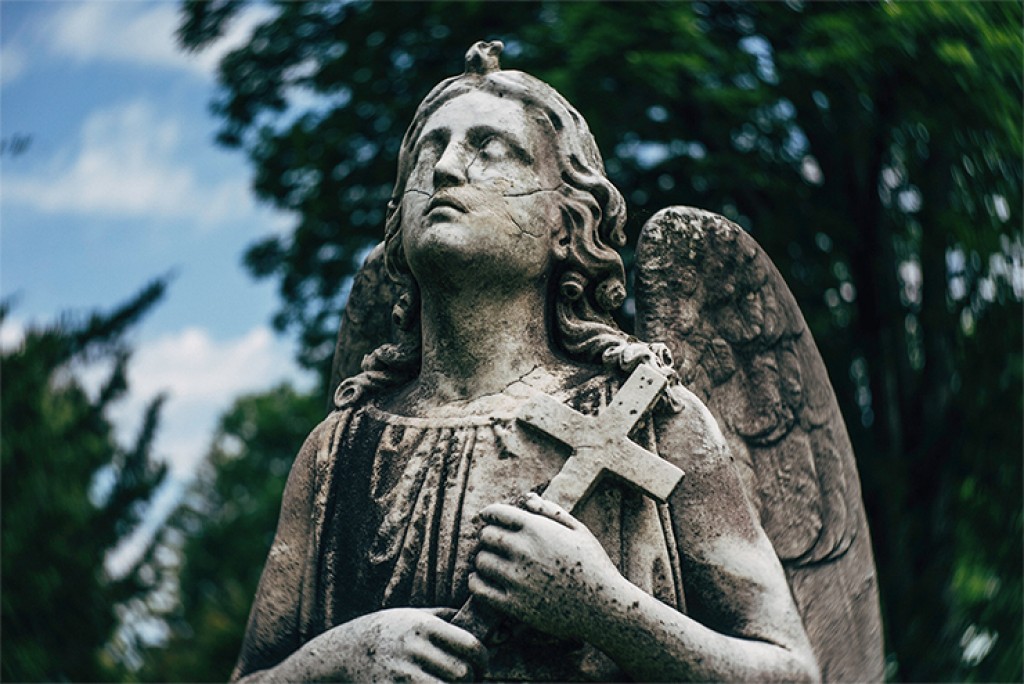
Even shooting at f/1.9, you don’t get the swirled look without dialing in some bokeh control. You’ll still get an interesting background, with highlights that are more ovular than circular, but the swirled effect doesn’t hit hard. It really starts to take shape when the ring has been dialed to the 3 setting.
After some experimentation, I settled on the f/4 aperture plate for most of my time with the lens. Combined with a bokeh setting of around 3 or 4, I found that the depth of field, sharp area of focus, and character of the background hit the mark for my tastes. Your experience may vary, of course, but part of the fun of using the Petzval 58 is finding your comfort zone.
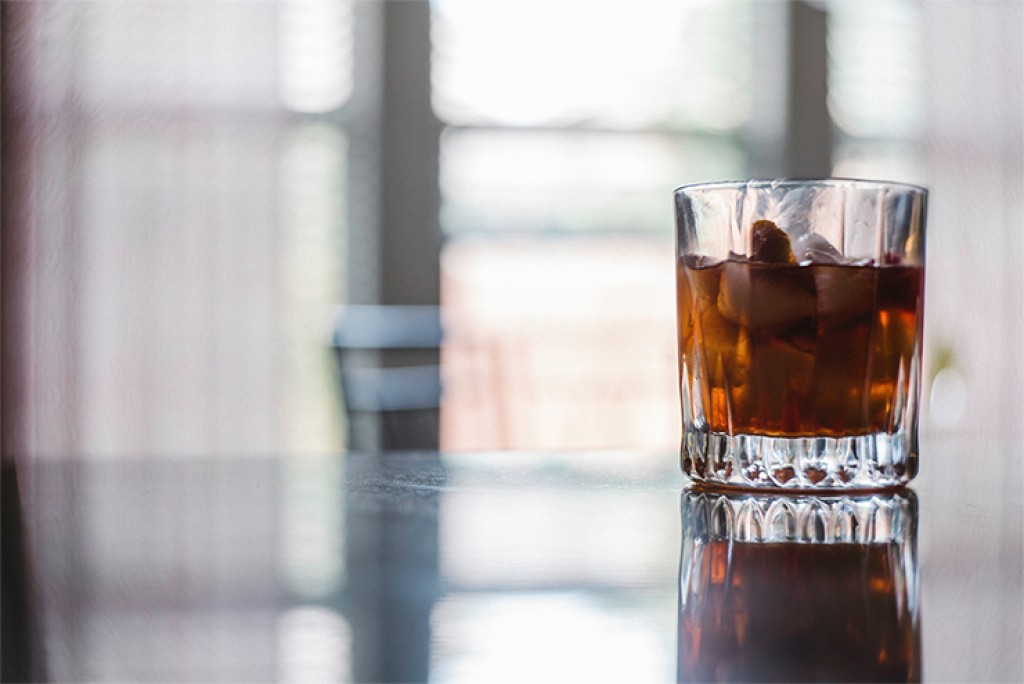
Conclusions
A year ago, you only had one option when it came to buying an off-the-shelf Petzval lens. (You could also hunt down a vintage 19th-century lens and modify it for use on a modern camera.) Now you’ve got three—the original Lomo New Petzval, the Lensbaby Twist 60, and the Lomo New Petzval 58 Bokeh Control. Of the three, the Bokeh Control is the most expensive, but it also gives you the greatest amount of control over how your images look. That’s a big advantage over the competition.
If fine control over your images is what you’re after, the Petzval 58 is your likely top choice. But it has its foibles, notably a design that doesn’t keep the drop-in aperture plates in place. I give slight preference to Lomo’s first New Petzval—its longer focal length is more flattering for portraiture, its signature swirl delivers plenty of character, and its price is a bit less off-putting. If you simply want to dip your toes into the Petzval world, the Lensbaby Twist 60 is a fine, low-cost option.
Source: pcmag.com









































